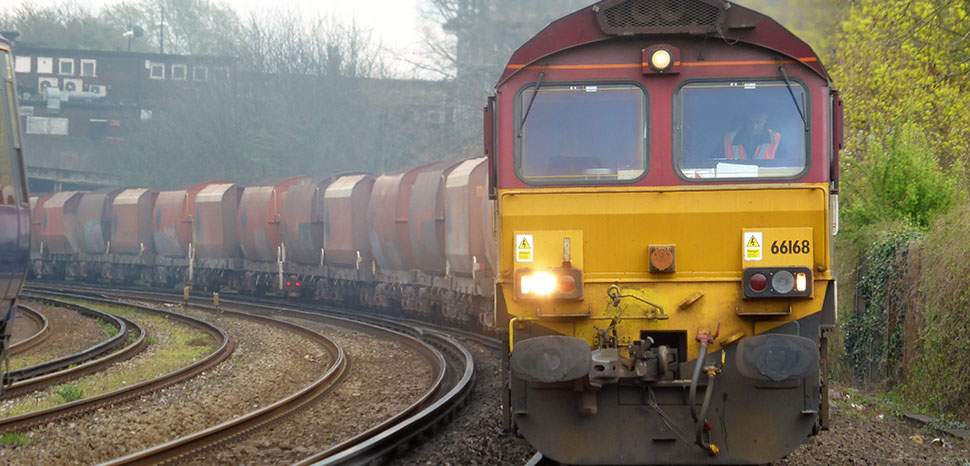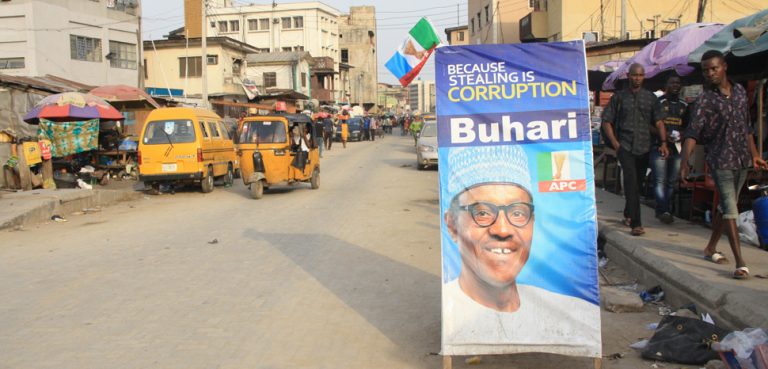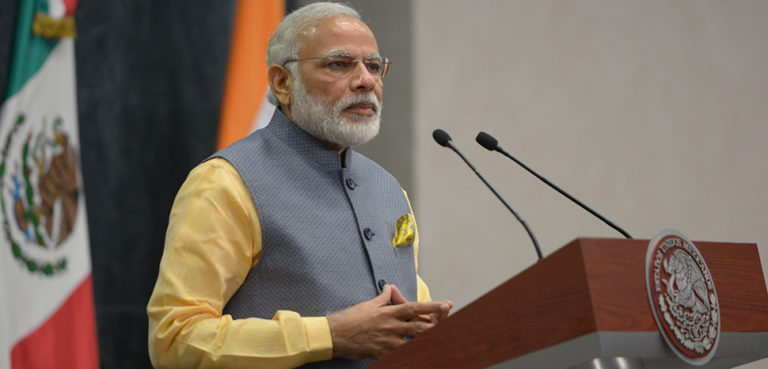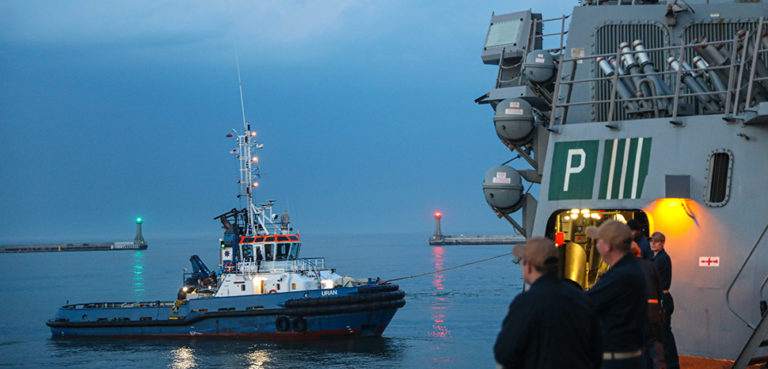In an era marked by rapidly evolving trade dynamics and escalating geopolitical tensions, the rise of the Middle Corridor as a viable alternative trade route is more than just a noteworthy development; it’s a geopolitical game-changer. Bridging the gap between China and Europe via a network that runs through strategic countries such as Kazakhstan, Azerbaijan, and Georgia, the Middle Corridor offers a fresh trade and economic landscape. This comes at a time when the traditional Northern Corridor, which is largely under Russian influence, is becoming increasingly less attractive due to Russia’s deteriorating international reputation following its invasion of Ukraine. The decline in Russia’s standing, especially regarding trade partnerships and geopolitical alignments, has added a sense of urgency to the quest for alternative, more stable trade routes. This shift has accelerated the need for a recalibration of global trade networks, making the Middle Corridor not merely an option but an imperative for nations looking to diversify their trading relationships and reduce geopolitical risk.
Gaining Momentum
While Central Asian countries have maintained a neutral stance in the Ukrainian war, they are acutely aware of the advantages of diversifying away from the Russian-dominated Northern Corridor. Central Asian states, keen to reduce geopolitical risks, have embraced the Middle Corridor for its potential to improve infrastructure and boost intraregional trade. As a result, cargo shipments along this emerging trade artery surged dramatically to 3.2 million tons in 2022.
Kazakhstan, a key player in the Middle Corridor, experienced a significant uptick in its cargo volumes, witnessing a more than twofold increase to 1.5 million tons compared to the previous year. In stark contrast, the Northern Route has seen a 34% decline in shipping volume, a downturn influenced by the heightened geopolitical instability surrounding Russia.
However, this optimism should be tempered with realism. Despite the surge in cargo volumes, the Middle Corridor still accounts for less than 10% of total cargo moved via the Northern Route. Several obstacles—such as inconsistent regulations, varying infrastructure quality, and conflicting national interests—must be addressed for the Middle Corridor to fully realize its potential.
Trilateral Agreements and Operational Streamlining
Among the most significant developments fortifying the Middle Corridor’s potential is a trilateral agreement among Kazakhstan, Azerbaijan, and Georgia. Negotiated during a series of visits by Kazakh Prime Minister Alikhan Smailov to these neighboring countries last June, the agreement focuses on establishing a joint logistics company. This joint venture aims to standardize tariffs, streamline cargo regulations, and simplify customs procedures, thus eliminating many operational bottlenecks that have historically hindered the flow of goods along this route.
The benefits of this operational efficiency are manifold and extend far beyond mere paperwork reduction. For example, standardized regulations and tariffs could significantly accelerate cargo transit across the corridor, making it an increasingly attractive option for companies involved in transcontinental trade. Furthermore, the Middle Corridor’s shorter geographical distance—by at least 2,000 kilometers compared to its northern counterpart, which routes through Russia—translates into tangible reductions in shipping times. This could potentially cut transit time between China and Europe to as few as 12 days, compared to the current 19-day journey via the Northern Corridor.
Most importantly, the Middle Corridor offers significant risk-mitigation benefits. In an era marked by escalating geopolitical tensions and economic sanctions, especially with regard to Russia, the Middle Corridor provides businesses an alternative path that sidesteps any potential uncertainties. This is especially crucial for companies that must adhere to increasingly strict sanctions regulations, as it reduces the risk of becoming entangled in complex legal disputes due to unintentional violations. Therefore, the Middle Corridor is not only a shorter and faster route but also a safer one, making it an increasingly compelling choice for companies navigating the volatile landscape of global trade.
Overcoming Challenges
While the Middle Corridor holds undeniable promise, the pathway to realizing its full potential is fraught with challenges. Two interlocking elements—investment and security—stand out as pivotal concerns that demand immediate and thoughtful solutions.
From a financial standpoint, the magnitude of required investments is staggering. The European Bank for Reconstruction and Development (EBRD) estimates that a significant capital injection of between $19-21 billion is essential for overcoming the Middle Corridor’s logistical and infrastructural bottlenecks. These range from developing high-capacity freight terminals to modernizing existing railway systems, to implementing advanced tracking and monitoring technologies.
Security adds a separate, yet intertwined, layer of complexity. The Middle Corridor cuts through a region historically fraught with tensions and territorial disputes, a fact recently underscored by the Armenia-Azerbaijan conflict over Nagorno-Karabakh. Regional stability is not just a lofty aim—it’s an operational necessity. The corridor’s viability depends on a stable geopolitical climate where goods can move freely and efficiently, without disruptions from military conflicts or political discord.
In this context, regional stability shifts from being merely a beneficial condition to a non-negotiable requirement. All current and potential stakeholders in the Middle Corridor must prioritize bolstering its security framework. This could involve multinational dialogues, peacekeeping initiatives, or even the involvement of neutral third-party monitors to ensure that the trade route remains unobstructed by regional conflicts.
In summary, the Middle Corridor’s capacity to overcome these dual challenges of investment and security will not only dictate its operational efficiency but also its relevance in the evolving landscape of global trade. Without strategic solutions in these critical areas, the corridor risks remaining an underutilized asset rather than transforming into a powerful engine for both regional and global economic growth.
Kazakhstan’s Central Role
Kazakhstan stands as a linchpin in the development and success of the Middle Corridor. President Kassym-Jomart Tokayev, in his recent state-of-the-nation address, delineated a vision where the transport and logistics sector emerges as a cornerstone of Kazakhstan’s economic development. He highlighted the importance of the Trans-Caspian route and introduced a comprehensive plan for maritime infrastructure development. This vision involves transforming the port of Kuryk into an integrated logistics hub and ambitiously aims to quintuple traffic volume along the Trans-Caspian route in the medium term.
However, Tokayev’s acknowledgment of the need for “constructive and good-neighbourly relations” with all of Kazakhstan’s neighbors, including Russia and China, adds a layer of geopolitical complexity. While the Middle Corridor offers an alternative trade route, it doesn’t outright negate the need for a balanced diplomatic relationship with Russia and other neighbors.
Support from the West
The growing interest in the Middle Corridor from global powers like the United States and the European Union isn’t just a casual nod; it aligns fundamentally with their long-term national and regional strategies. For the United States, backing the development of an alternative route like the Middle Corridor serves dual purposes. First, it counteracts Russia’s dominant influence over Eurasian trade routes, a geopolitical outcome highly desirable in the wake of Russia’s actions. Second, the Middle Corridor offers the U.S. access to emerging and potentially lucrative markets in Central Asia, presenting opportunities for increased trade and investment in sectors beyond just transportation.
The European Union sees similar advantages. The Middle Corridor aligns closely with the EU’s broader strategy of engagement with Central Asia, a region rich in natural resources, including fossil fuels and minerals. In the face of energy security concerns and a desire to diversify its supply chains, the EU finds the Middle Corridor a compelling alternative that could lessen its dependency on Russian routes. This not only provides the EU with more control over its economic future but also gives it a degree of leverage in its often-tense relations with Russia.
The Path Ahead
With the potential to redefine economic engagement in the Eurasian region, the Middle Corridor promises a more balanced, secure, and efficient way to transport goods between Asia and Europe. Realizing this promise, however, requires a nuanced and coordinated strategy that caters to the complex needs and aspirations of all participating nations and stakeholders.
The financial investment required is formidable but indispensable. Without a commitment to invest in infrastructural improvements—like Kazakhstan’s ambitious railway expansion plans and the development of the port of Kuryk—the Middle Corridor risks becoming a missed opportunity. But such investment goes beyond physical infrastructure; it also involves the establishment of strong institutional frameworks, the harmonization of trade policies, and the crafting of transnational agreements to ensure long-term operational viability.
Furthermore, the corridor’s success depends on more than just logistical and infrastructural factors; it requires a carefully balanced geopolitical environment. Participating nations must thoughtfully manage their relations with significant global players like Russia and China to ensure that the development of this new route harmonizes with, rather than undermines, existing partnerships and alliances. Trade does not occur in a vacuum but in a complex global setting replete with geopolitical intricacies.
In summary, the Middle Corridor presents more than just an alternative for cargo transit; it offers a unique opportunity to reshape the geopolitical and economic landscape of the Eurasian region. Achieving this vision calls for a concerted effort from all stakeholders—be they national governments, private investors, or regional and international organizations. By collaboratively tackling the complex challenges ahead, the Middle Corridor holds the potential to serve as a catalyst for regional stability and a facilitator of global economic cooperation.
*This article was originally published September 20, 2023.




